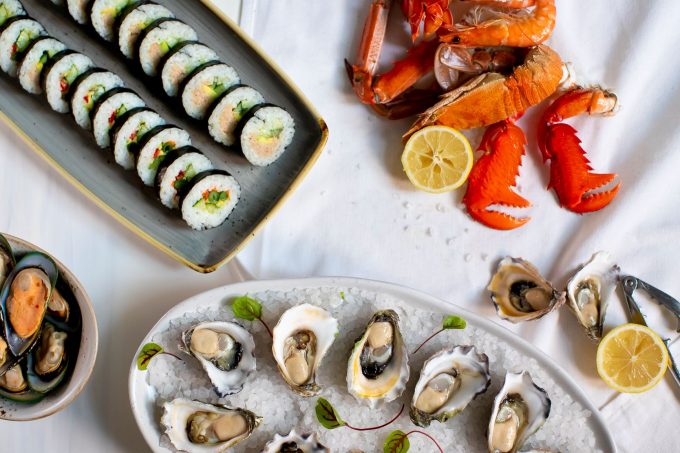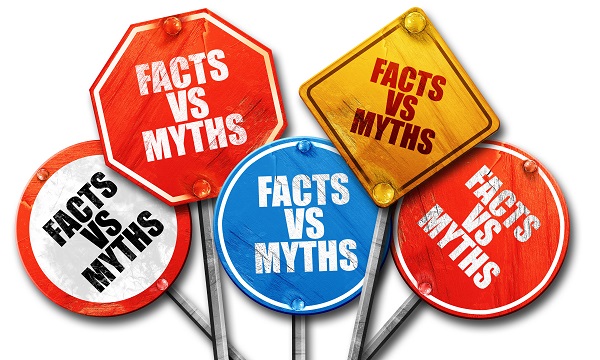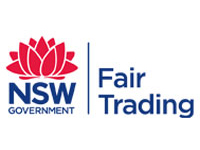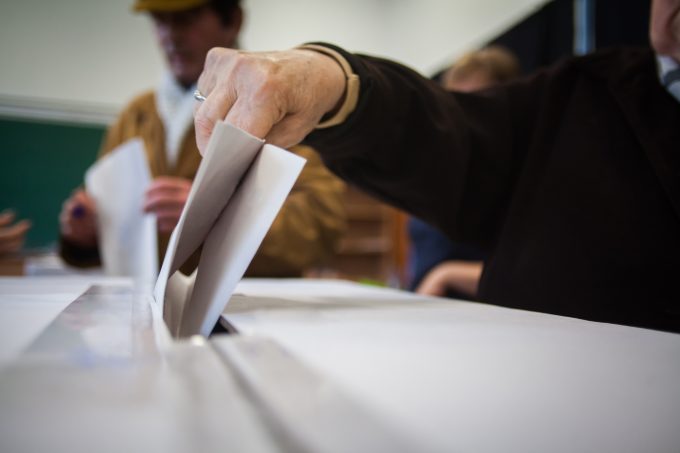
How to promote Australia to Indian tourists
I have just returned from the exciting and exhausting Australia Business Week in India. While in Mumbai and Delhi a few days ago I wrote about the huge potential that India’s travelling middle class represents to Australia (Resort News, February). Now that I’m back in Sydney and have had time to reflect on what transpired and turn it into practical advice.
So for all Australian destination marketers and tourism businesses out there, here are the MyTravelResearch hot tips for successful destination marketing to Indian nationals:
Work with the travel trade and connect digitally – Indians (especially young ones) are heavy users of digital tools, including social media. But they will often still book their travel via travel agent. So cultivate your relationships with the trade.
The Indian market is a mosaic, not a monolith – Each state has its own personality traits, languages and consumption preferences. You can find markets that are akin to you. I noticed these differences when I was travelling round India. Delhi has more of a government feeling. Mumbai is more freewheeling and entrepreneurial. The north is more a tea drinking culture. Coffee and vegetarianism is more prevalent in the south.
Emphasise that you welcome Indian guests – Show you are excited that they are coming. Leverage your connections with trade to do this. Use imagery with Indians in it – if you show yourselves or Australians, consider using the namaste greeting (and show the gesture). Connect to your local community. As well as being great marketing approaches, these activities have a brand value. Feeling welcomed is an important proxy for feeling safe in consumers’ minds.
Provide useful information and safety tips – But always couch these in reassuring language. Incidents in Australia are rare by international standards, but acknowledging and minimising risk is important.
Indians know the value of their money -They are also coming from a place with a far lower ‘cost of travel’ (a five-star hotel in Delhi costs about the same as a basic motel in regional Australia). So it is vital to that they feel they are spending their money well. Use language that talks about value. Show inclusions. Talk about the experience they will be getting. Wine and beer are among the few things more expensive in India. Not all Indians drink alcohol but those that do will appreciate a gift or a complimentary bottle of wine.
Include imagery that showcases natural beauty – If you are in a city or town, clean, green and spacious areas are important. But show a few people in the photo. Empty doesn’t necessarily appeal to Indians, the way it does to many Australians.
Show your attractions and experiences – (with Indian visitors in the photo so that they feel welcome and safe). Indians like to be active on their holidays. Be clear about what you are offering them.
Think about packages that reflect the nature of Indian families – often large, extended and multi-generational. This again reinforces the value proposition. Also remember that as an emerging market ‘more is more’ for Indian consumers. They may only come for a short time, but they will want to say they maximised their time in Australia. So work with other destinations. They aren’t your competitors. They’re your business generators.
Indians like spicy food – So use vibrant coloured food shots. They’ll enjoy local cuisine, but offer them options to spice it up with chillies or sauces. Around 35 per cent are vegetarian. So make sure you have attractive vegetarian options. Masterchef Australia was the top-rating reality TV show in India – so it’s worth linking stories to that if you can.
Take time to get to know them – Indians and Australians share important values. Indians like to be with people they like – aka ‘mateship’. Humour counts.
Cricket is a religion in India – Do you have ways you can utilise that connection such as by an introduction to a local cricket club.
So is Bollywood – Were Australian locations near you used in Bollywood film production? If yes, leverage those connections. Where their silver screen heroes go, Indians will follow. Visit Scotland has produced an interactive map to allow them to do so (and surrounded it by other key experiences like whisky tasting!)
Use your resources – Check with your RTO what their plans are for India. Work with your state tourism office and Tourism Australia. They will have major campaigns in market (like. DNSW’s Jhappi Time Campaign). Tourism Australia also has a lot of resources to guide marketing in India and developing product to meet Indian needs.
Be in it for the long haul – Besides the size of the opportunity, one thing that both the Chinese and Indian markets share, is the need to build relationships over the long term.






